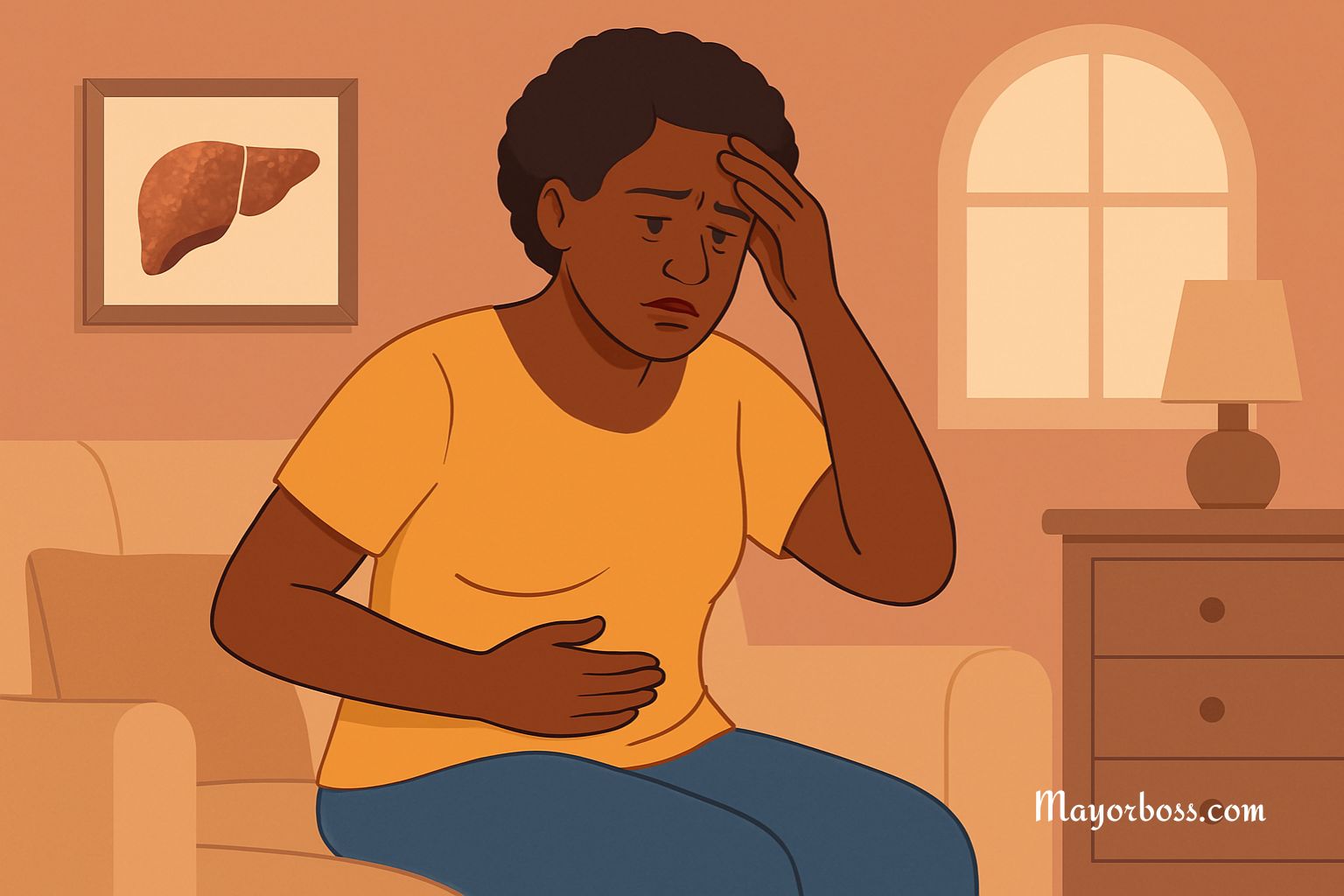The Warning Signs of Alcohol-Related Liver Damage
Alcohol can cause serious harm to the liver over time. The liver breaks down alcohol, but too much of it can overwhelm this process and lead to inflammation, scarring, and permanent damage. If this continues, it may lead to liver failure. Recognizing the early warning signs can help prevent further harm. Here are key signs that may suggest alcohol-related liver damage.

1. Fatigue and Weakness
One of the earliest notable symptoms of the early stages of alcohol-related liver disease is feeling tired all the time. This is not just normal tiredness after a long day. It’s constant fatigue, even after rest. The liver helps convert food into energy. When it isn’t working well, your body may struggle to keep up.
2. Loss of Appetite and Weight Loss
If you stop feeling hungry or notice you’re losing weight without trying, your liver may be struggling. A damaged liver can change the way your body processes nutrients, leading to poor appetite and unintentional weight loss.
3. Abdominal Pain or Swelling
Liver damage from alcohol may cause pain in the upper right side of your belly, where the liver sits. The area might feel tender or swollen. In some cases, fluid can build up in the abdomen — a condition called ascites — making your stomach look bloated or full.
4. Nausea and Vomiting
You may feel nauseous more often or even vomit. This happens when the liver can’t properly clear toxins from the body. As waste builds up, it can irritate the stomach and cause discomfort.
5. Yellowing of the Skin or Eyes (Jaundice)
Jaundice is a clear sign of liver trouble. It causes a yellow tint to the skin and the whites of the eyes. This happens because the liver can’t properly remove bilirubin, a yellow pigment formed when red blood cells break down.
6. Dark Urine and Pale Stools
When the liver is damaged, the bile flow may be affected. This can cause urine to become very dark, like tea or cola, and stools to look pale or clay-colored. These changes are linked to problems in how bile is processed and passed out of the body.
7. Swelling in the Legs and Ankles
The liver helps regulate fluid balance. When it’s not functioning well, fluid may collect in your legs and ankles, causing them to swell — a condition called edema. This swelling is usually painless but can feel tight or heavy.
8. Easy Bruising and Bleeding
If you bruise easily or notice that small cuts bleed longer than usual, your liver may not be producing enough of the proteins needed for blood clotting. This is often seen in people with advanced liver disease.
9. Confusion or Trouble Thinking Clearly
The liver helps remove toxins from the blood. When it can’t do this, harmful substances build up in the brain. This can lead to hepatic encephalopathy, which causes confusion, poor memory, mood swings, or even trouble speaking clearly.
10. Red Palms and Spider Veins
People with liver damage sometimes develop red palms (palmar erythema) or small, spider-like blood vessels under the skin (called spider angiomas), especially on the face and chest. These are signs of hormonal imbalance caused by liver dysfunction.
When to Seek Medical Help
If you or someone you know drinks regularly and shows any of these symptoms, it’s important to speak with a doctor. Liver damage can sometimes be reversed in the early stages, especially if alcohol use stops. But if ignored, the damage can progress to cirrhosis (severe liver scarring) or liver failure, which may be life-threatening.
Final Thoughts
The liver is a vital organ with many roles. It helps clean the blood, digest food, and store energy. Alcohol-related liver damage happens slowly but can become serious before you realize it. If you’re concerned about your liver or alcohol use, talk to a healthcare provider. They can offer guidance, run blood tests, and help you take steps to heal.
